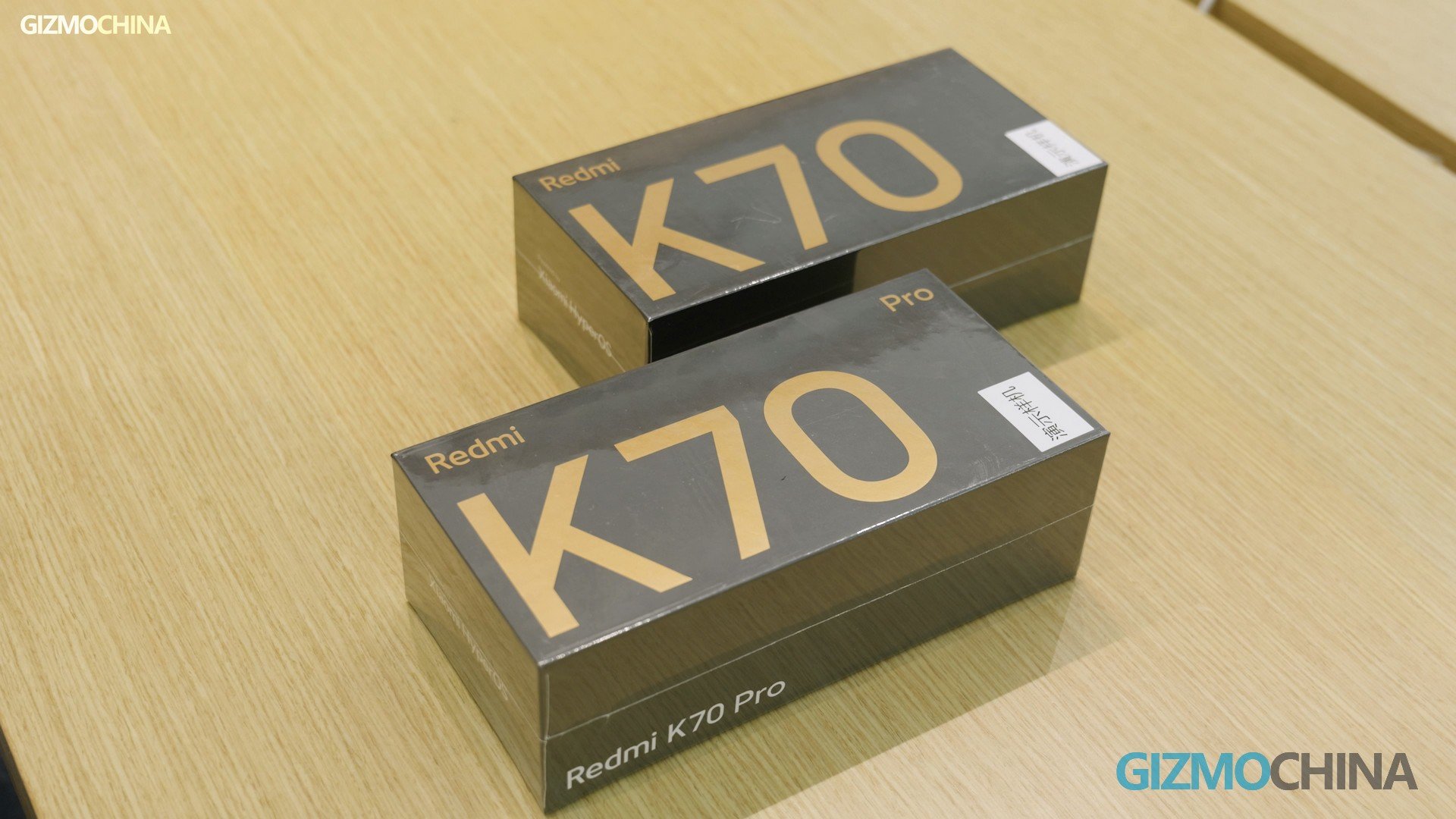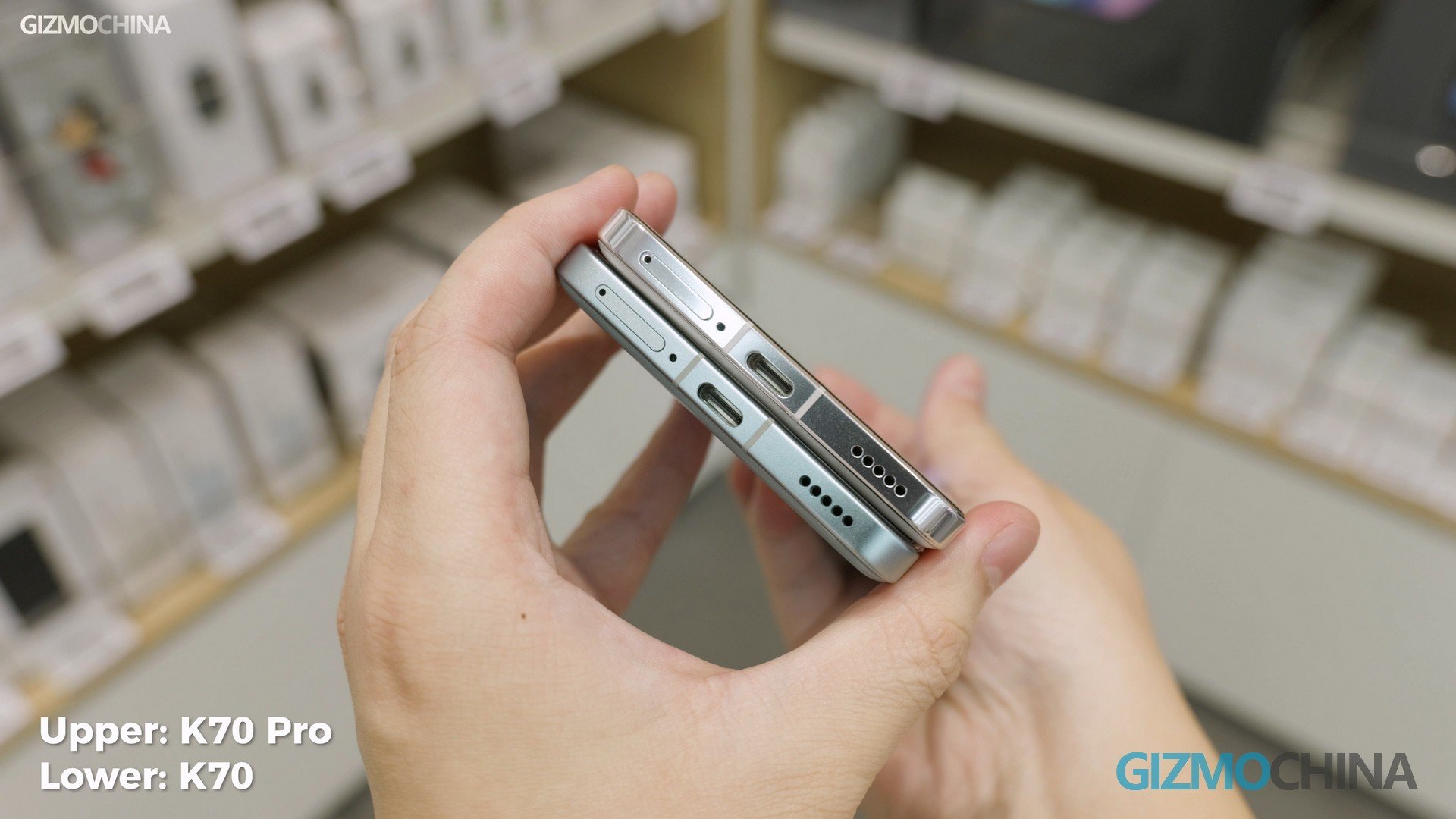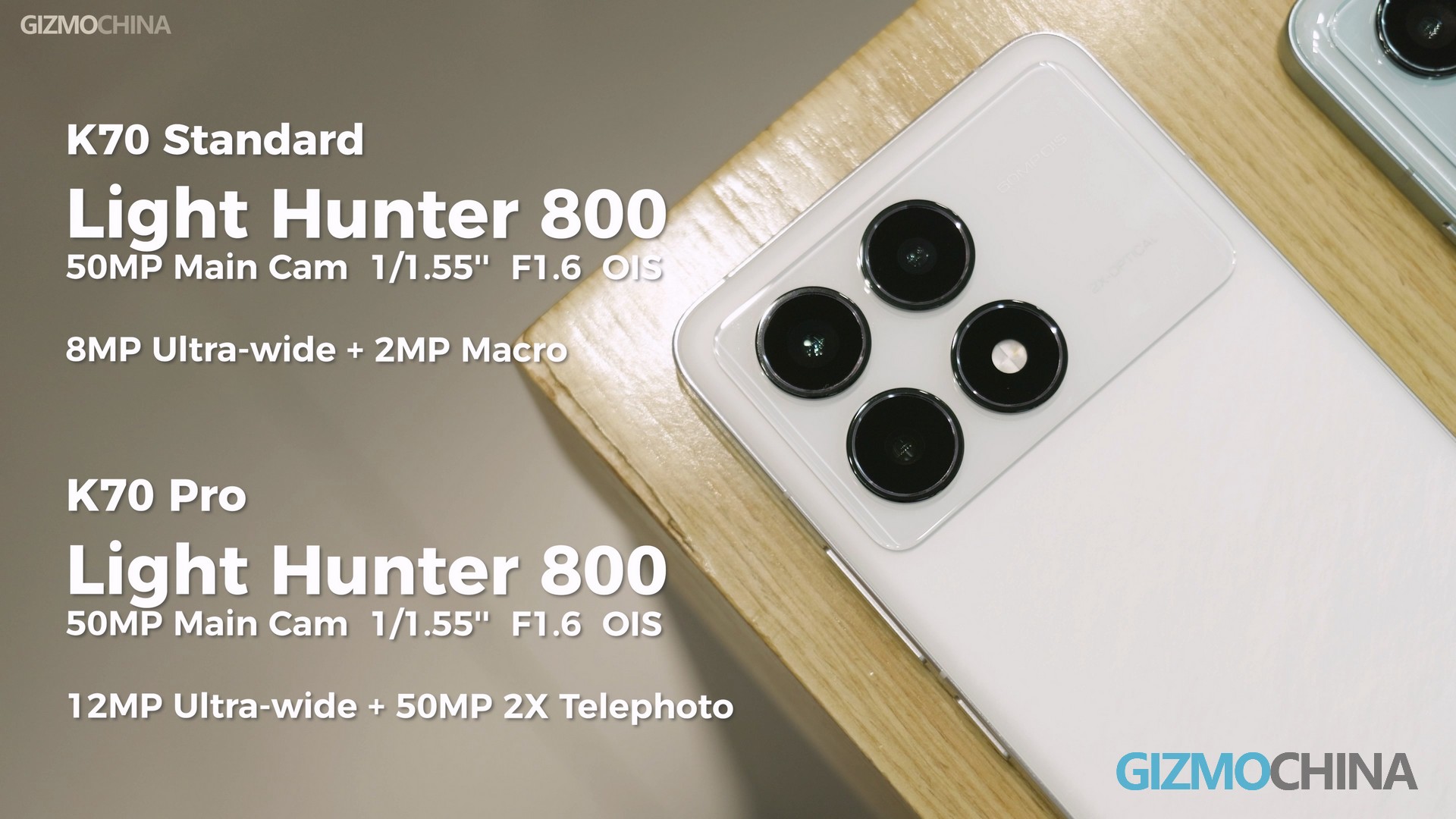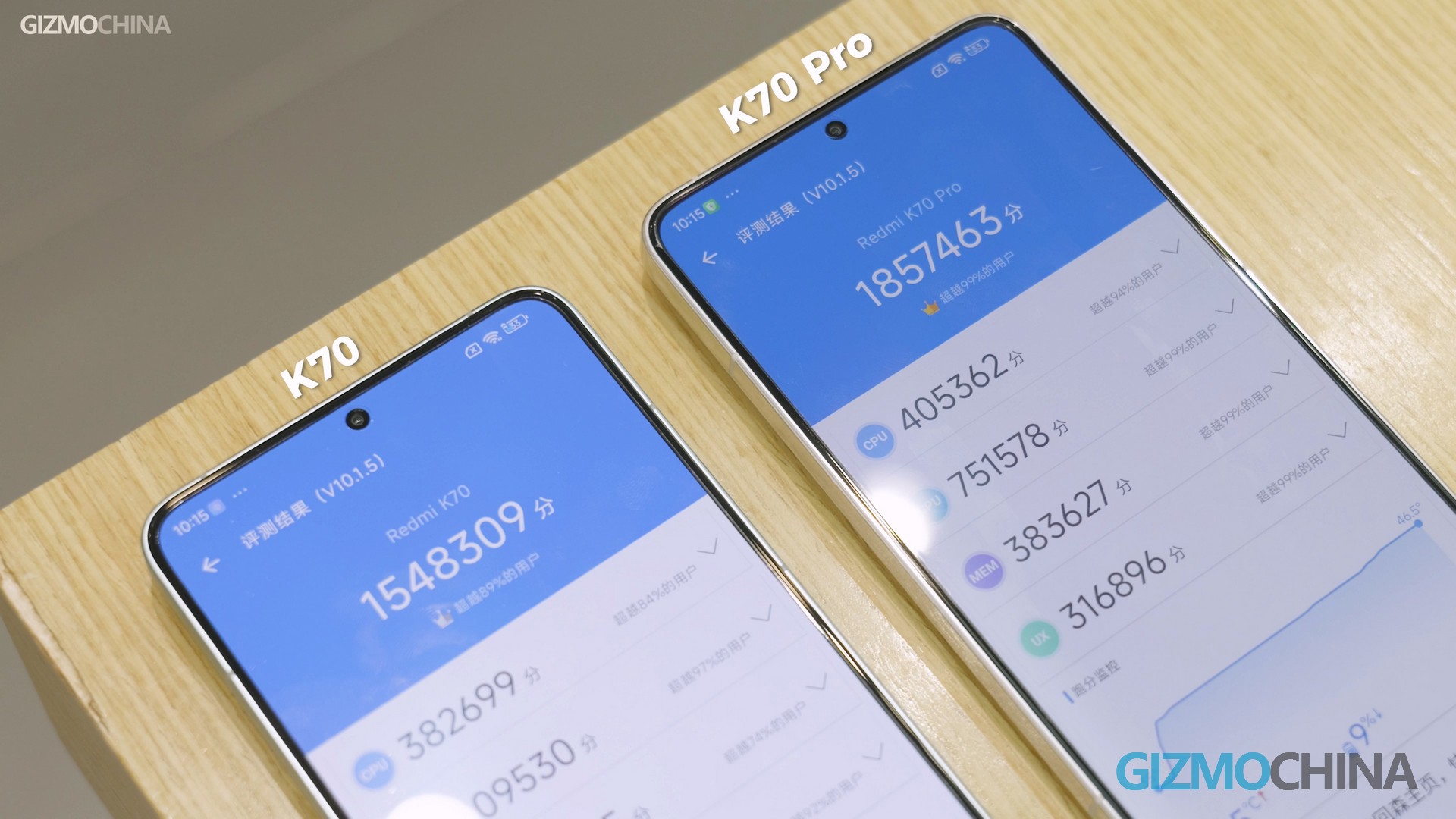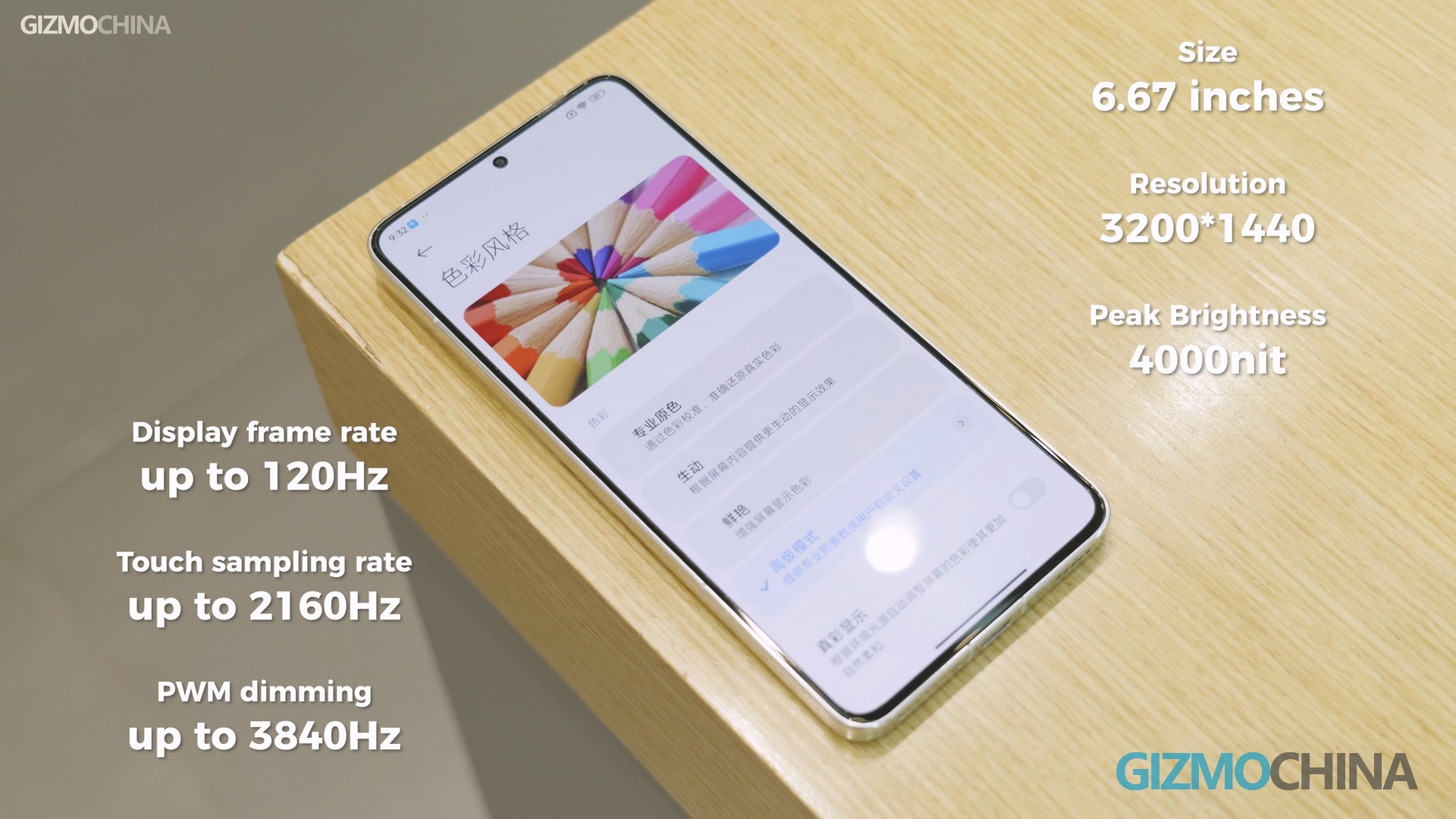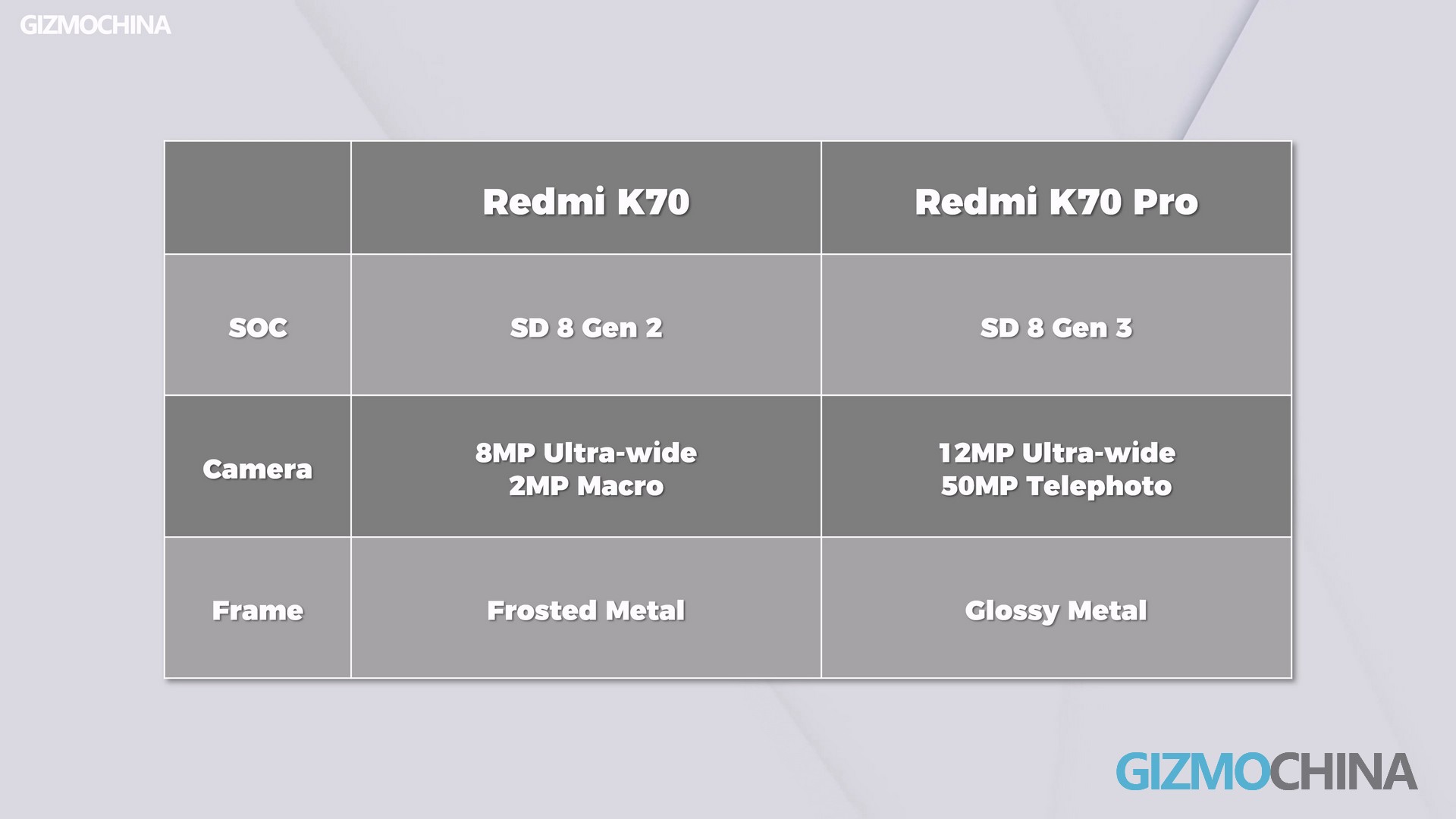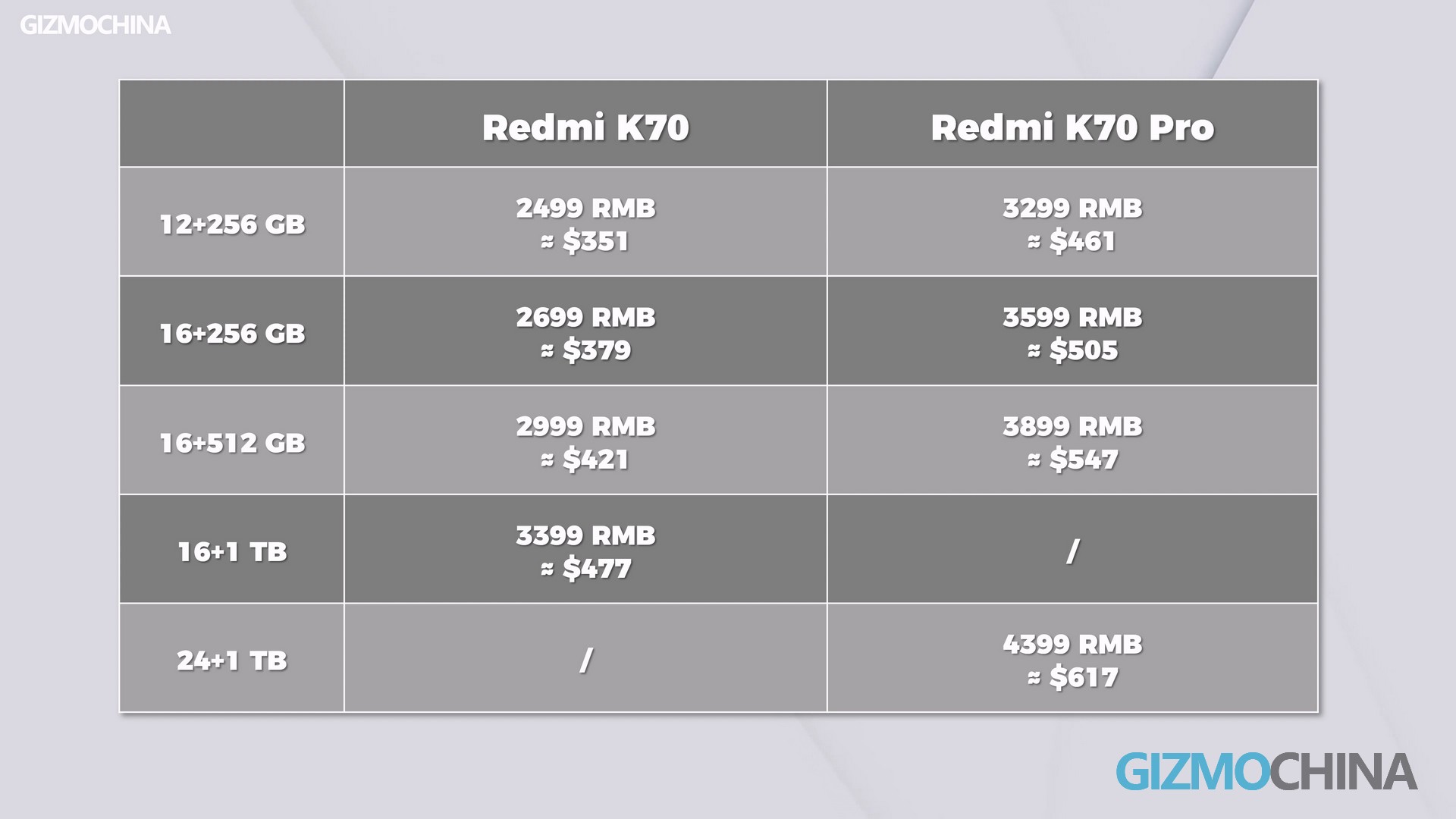Snapdragon 8 Gen 3 was released earlier than last year, so this year’s K70 series is coming sooner than we expected. As we all know, many phones are more worth buying than the Redmi K60 series, so it couldn’t really defend its “flagship killer” title, which is a very embarrassing situation. So can the K70 regain its “Flagship Killer” status?
Unboxing
Rarely, do both the Standard and Pro versions come with a black box. Let’s unbox the K70 Pro first and then the Standard.
Let’s open the plastic wrap. Open the lid. Take out this small box and what comes in the view is the SIM card pin. Inside the box, there is the manual and the phone case. The phone case is still the same black silicone one. The charger is also still the same 120W USB-A port charger. There’s also a cable there. That’s all the accessories in the box.
The charging power of the standard version has also been increased to 120W this time, so even though the charger is the same as the Pro version, no need to repeat it again.
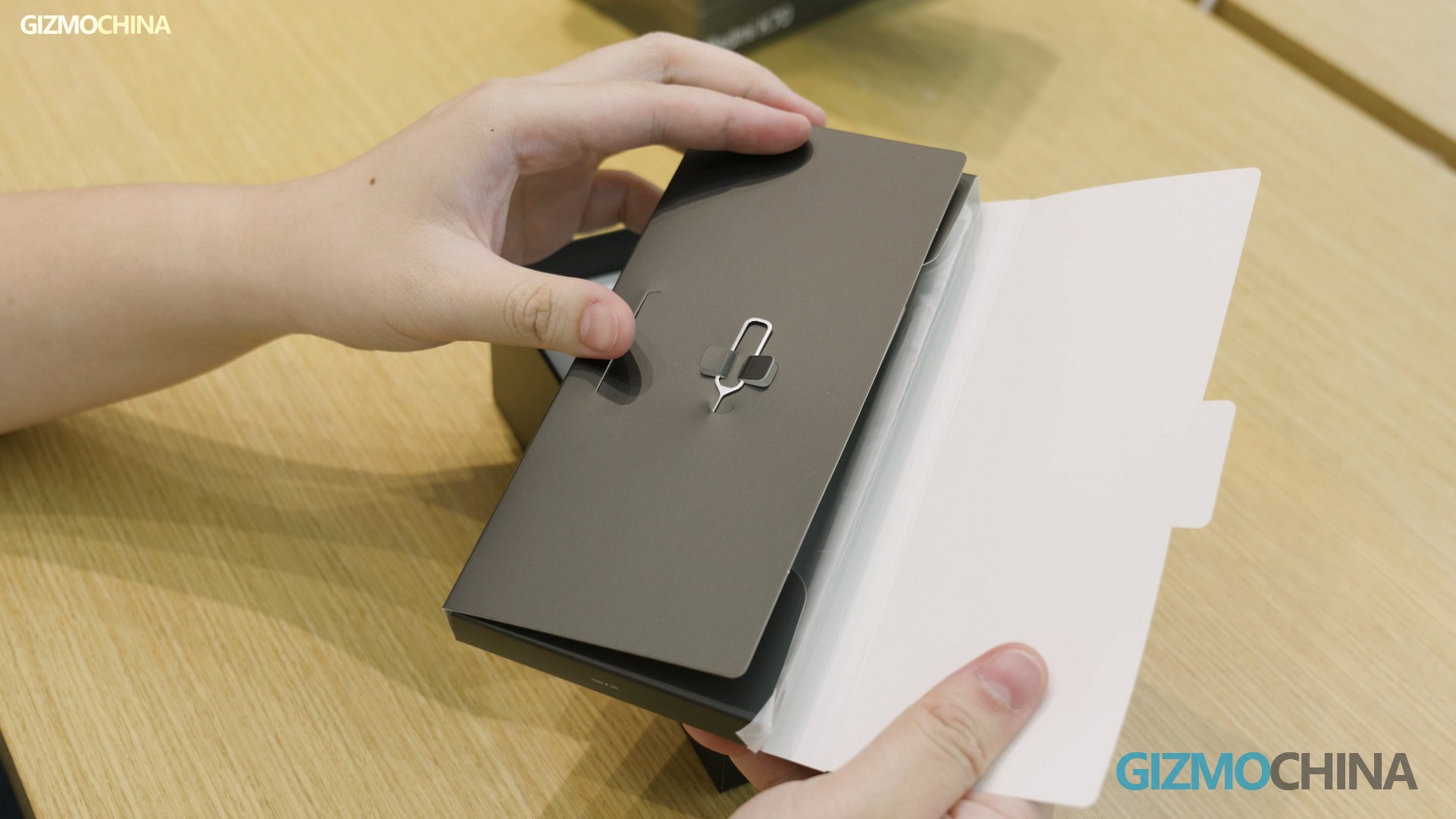
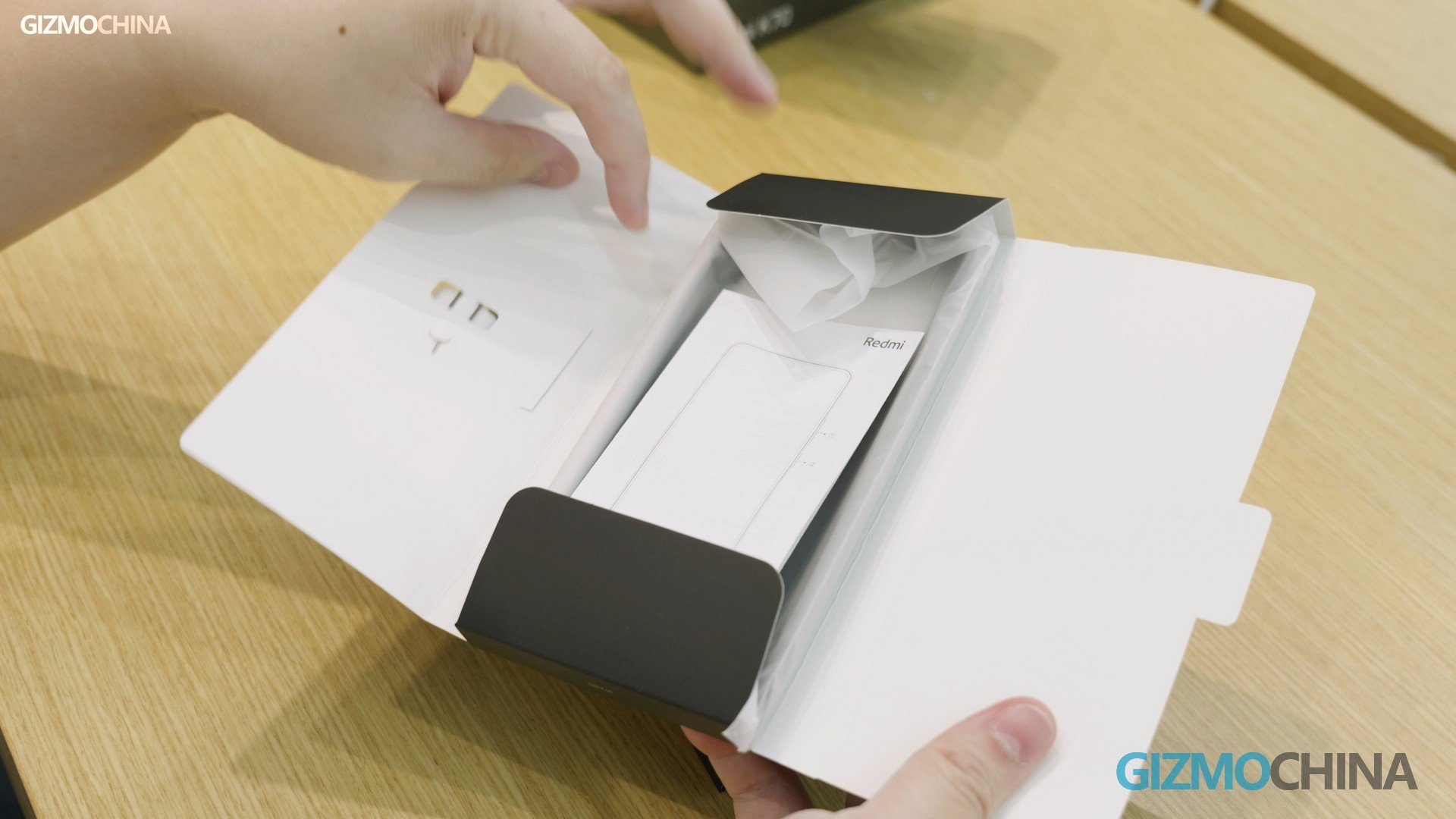
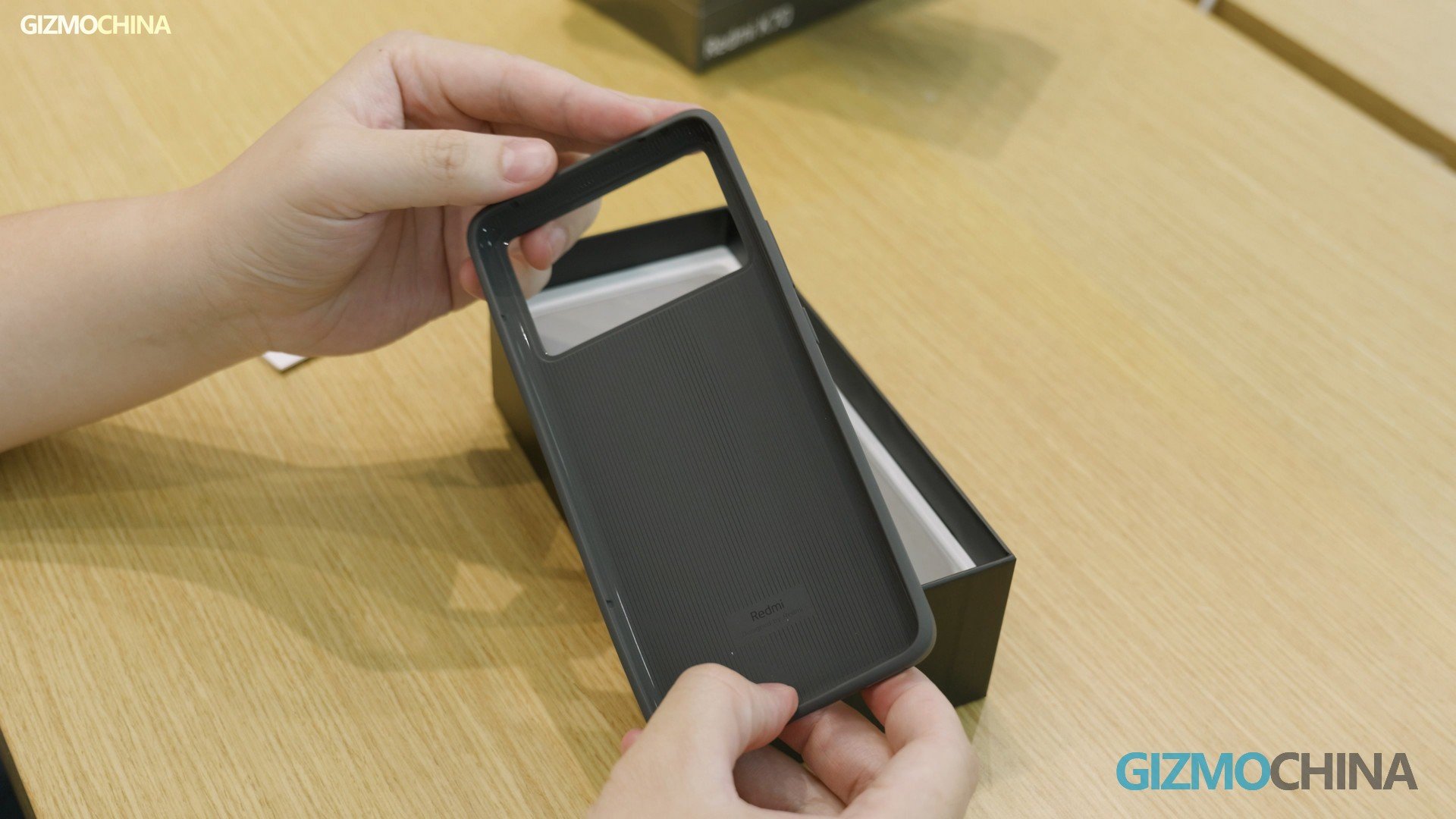
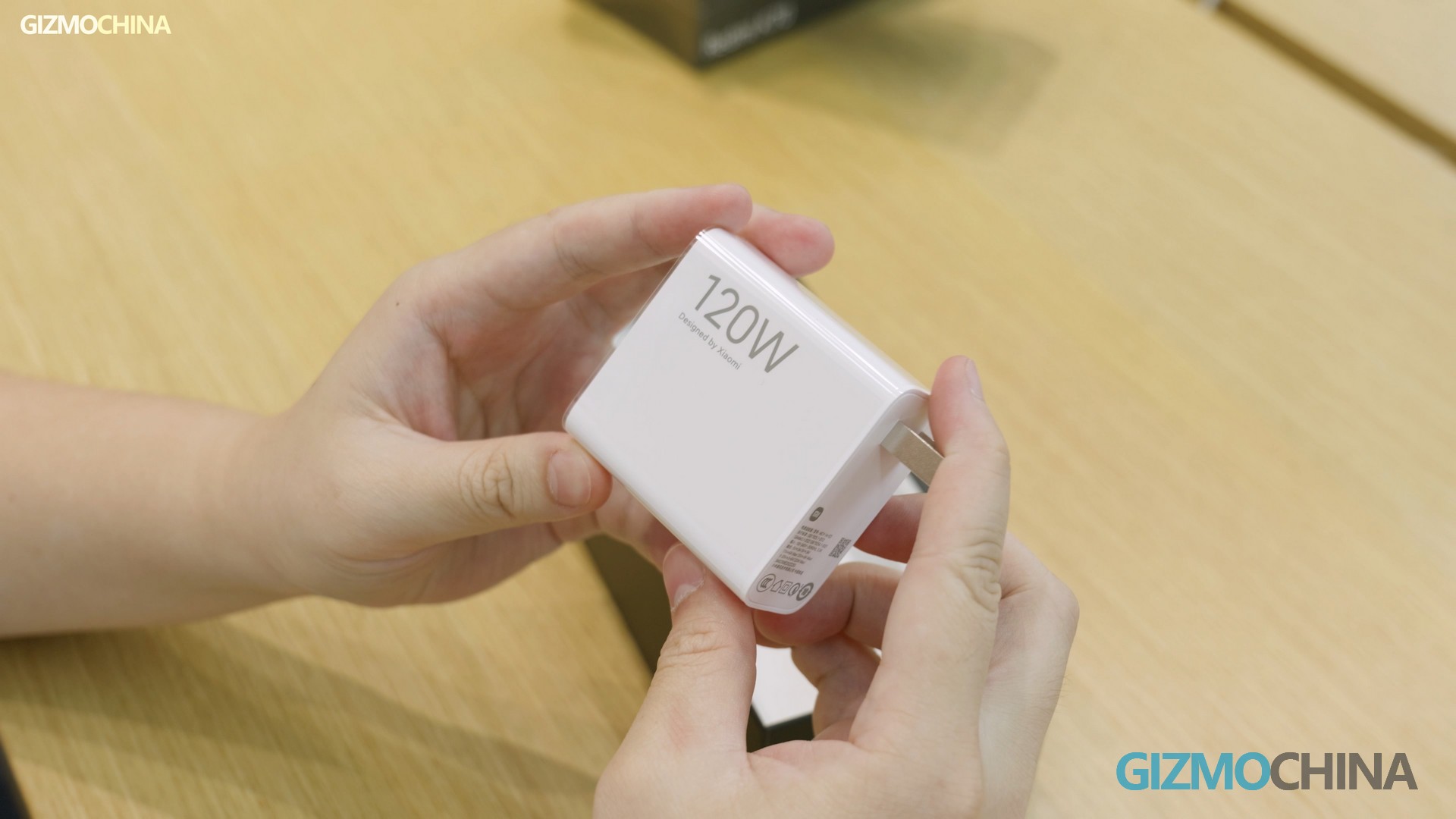
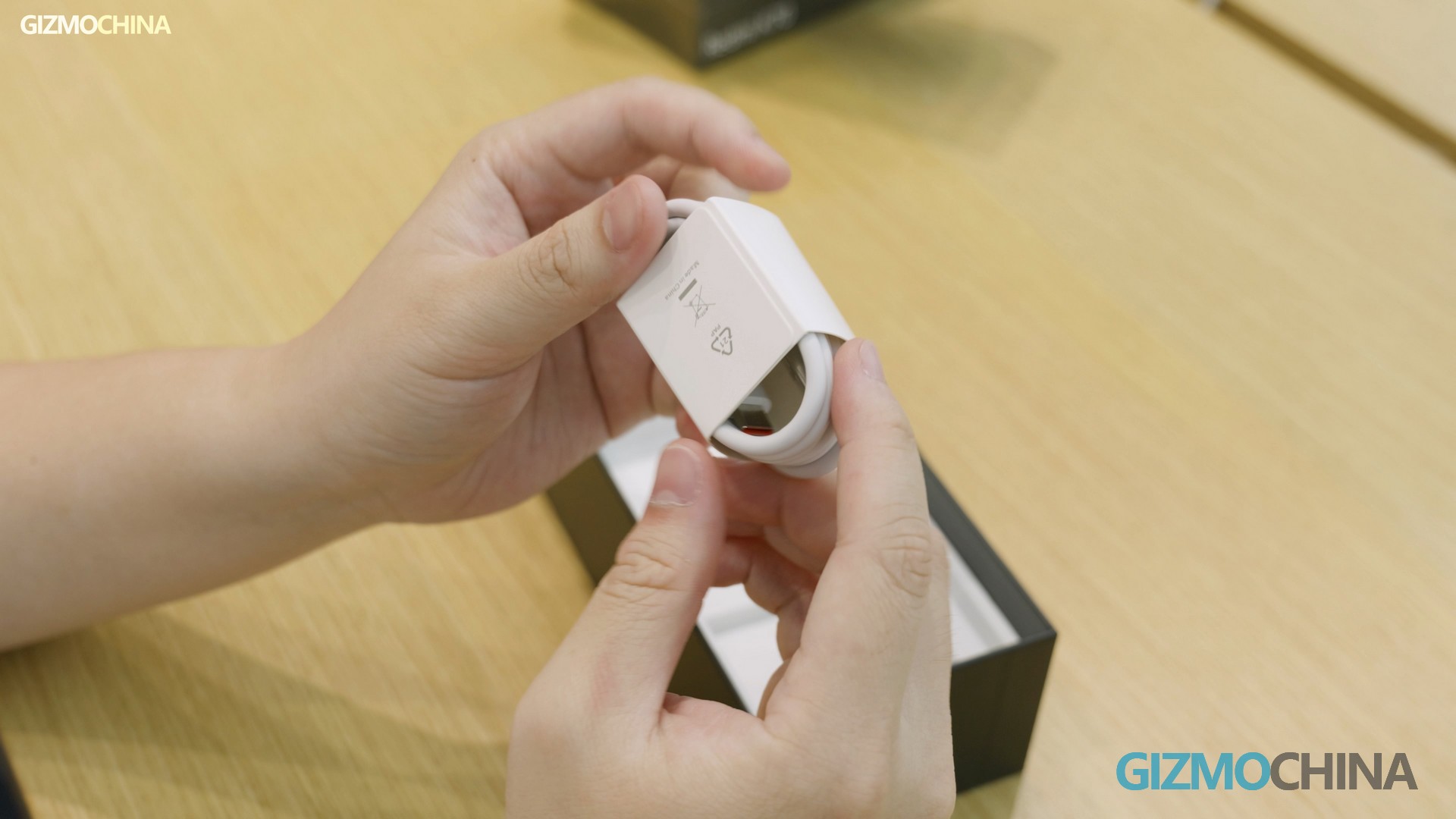
Hands-on
So here’s the full picture of the two K70s. Ten out of ten how would you rate them? I’d give it a 7. I would say the phones look a lot better than the renderings. Especially the Pro version, which looks a bit similar to the Xiaomi 14, I mean they both look premium.
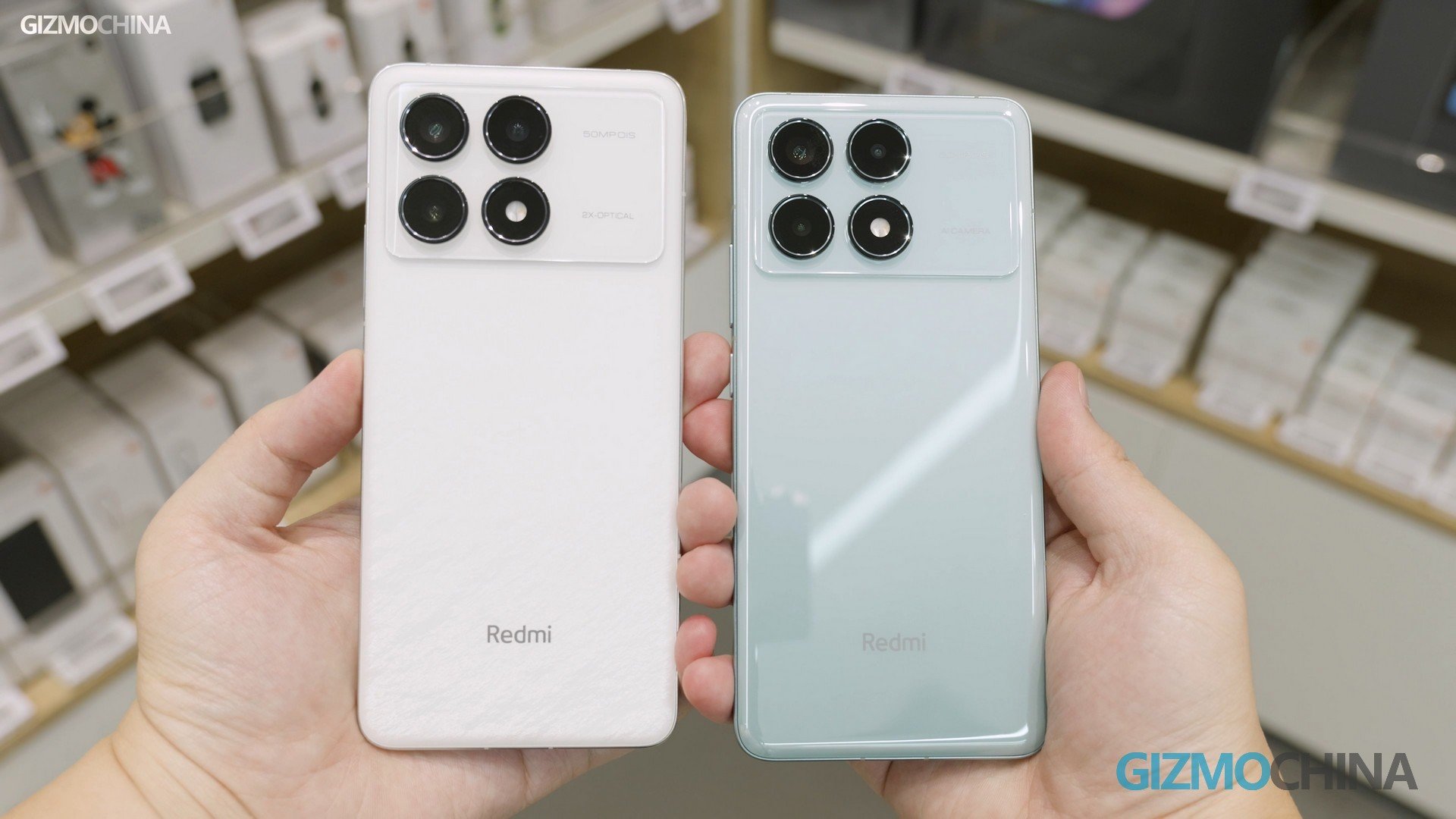
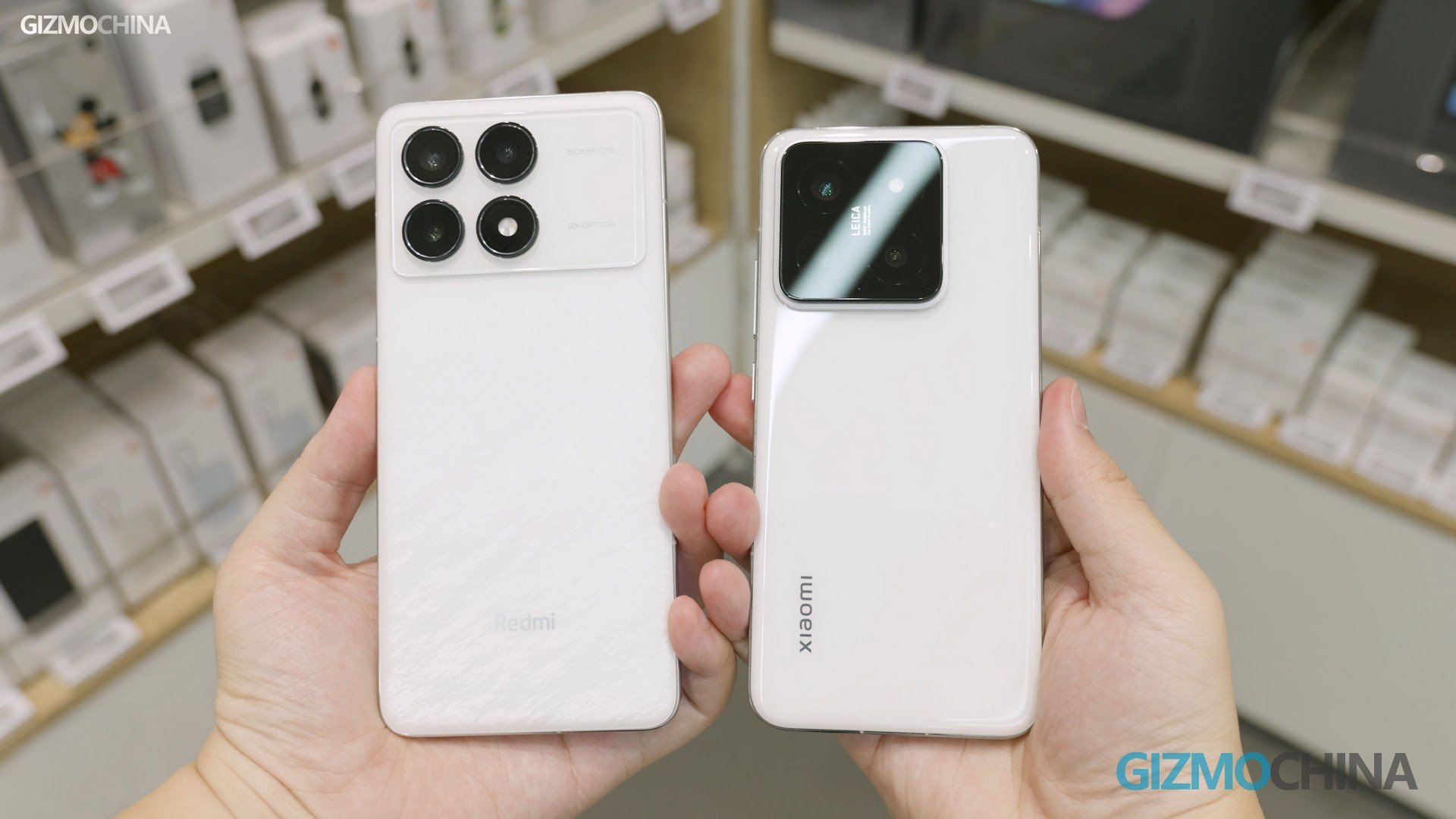
I think one thing that makes it look good is this metal frame. Like the iPhone, the standard version is frosted, and the Pro is glossy.
Sadly, wireless charging and IP68 are missing compared to the K60 series. yes, even the Pro version does not have those. So, what can I say, I can only wish these phones sell better.
The camera specs of both phones are here. Both of them use the latest sensors for their main cameras. The K70 Pro in particular, even has a 2x telephoto camera. Although the focal length is a bit short and there’s no OIS, it’s still better than that 2 MP macro camera.
What separates the two phones is not only the cameras but also their processors. The Pro version uses the latest Snapdragon 8 Gen 3, while the Standard version uses last year’s 8 Gen 2. Antutu rates them with a bit of a low score, it makes sense though, since they’ve just been activated and aren’t with the latest system version.
Still, subscribe to our channel and we’ll go deeper into it in the full review.
When it comes to the Redmi K-series, the thing that has impressed me the most over the years is its display. This straight screen with 2K resolution and a peak brightness of 4000nit is, obviously, at the flagship level.
The lower bezel is also very narrow. Most importantly, the cheaper standard version also uses the same screen as the Pro, so you don’t have to agonize over which one to buy based on the screen. Another major change is that the plastic bezel around the screen is gone, giving it a more premium look.
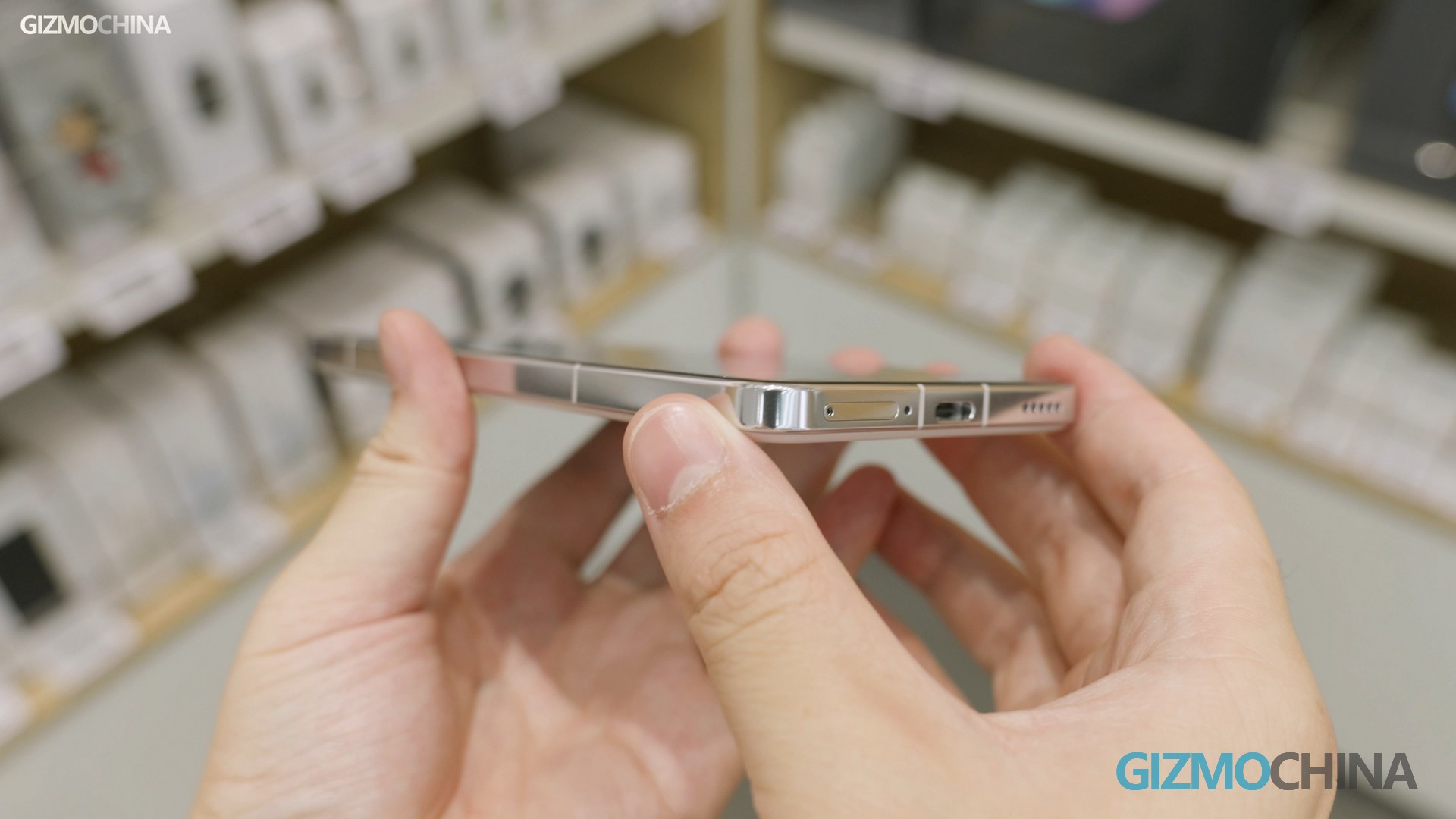
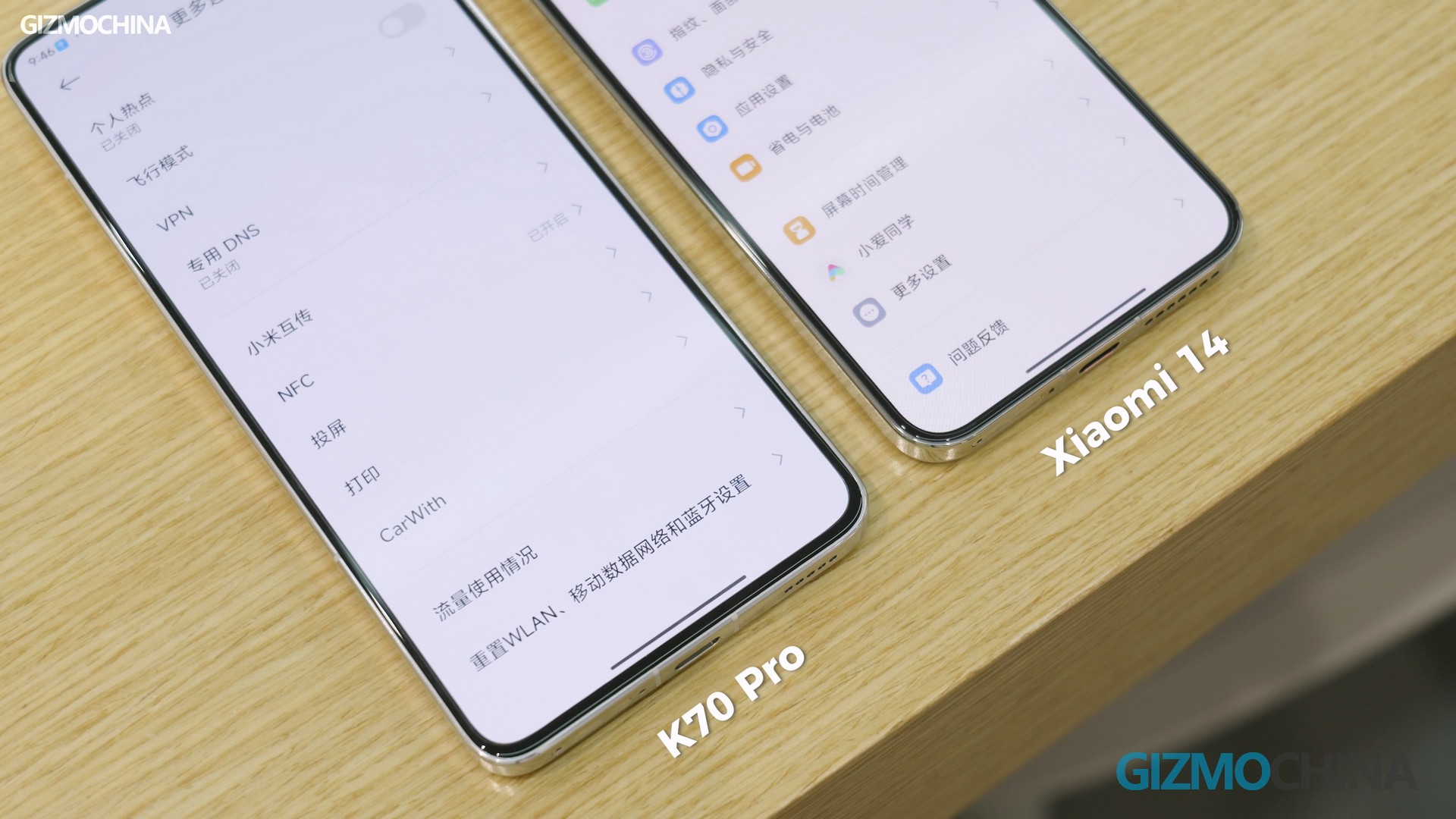
All in all, the screen is Redmi’s best gift to you all.
Let me clarify here for those viewers who haven’t bought a Redmi phone before, in Redmi’s K series, the standard edition is the one that’s worth buying over the Pro edition. This table lists all the differences between the standard and Pro versions, and as you can see the difference isn’t really that big.
The standard version would be the wiser choice if you don’t care too much about the camera and performance. So would you pay hundreds of extra dollars for these upgrades? Let us know in the comments section.
Summarize
Actually, Redmi’s new phones are quite “boring” for reviewers. They don’t get many upgrades each year, like the K70, which only upgraded its processor and camera to the latest model. The rest of the specs haven’t changed much or even regressed. But with prices that low, I can’t complain too much. I’ll still give the Redmi K70 a thumbs up because it offers a good option for those on a budget. Especially those who prefer a 2K straight screen.

